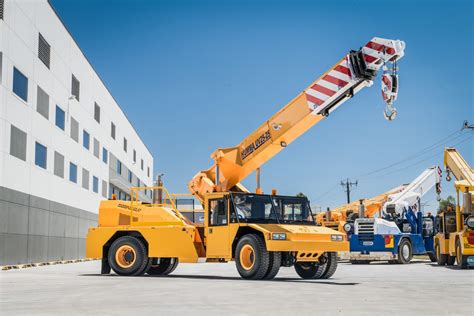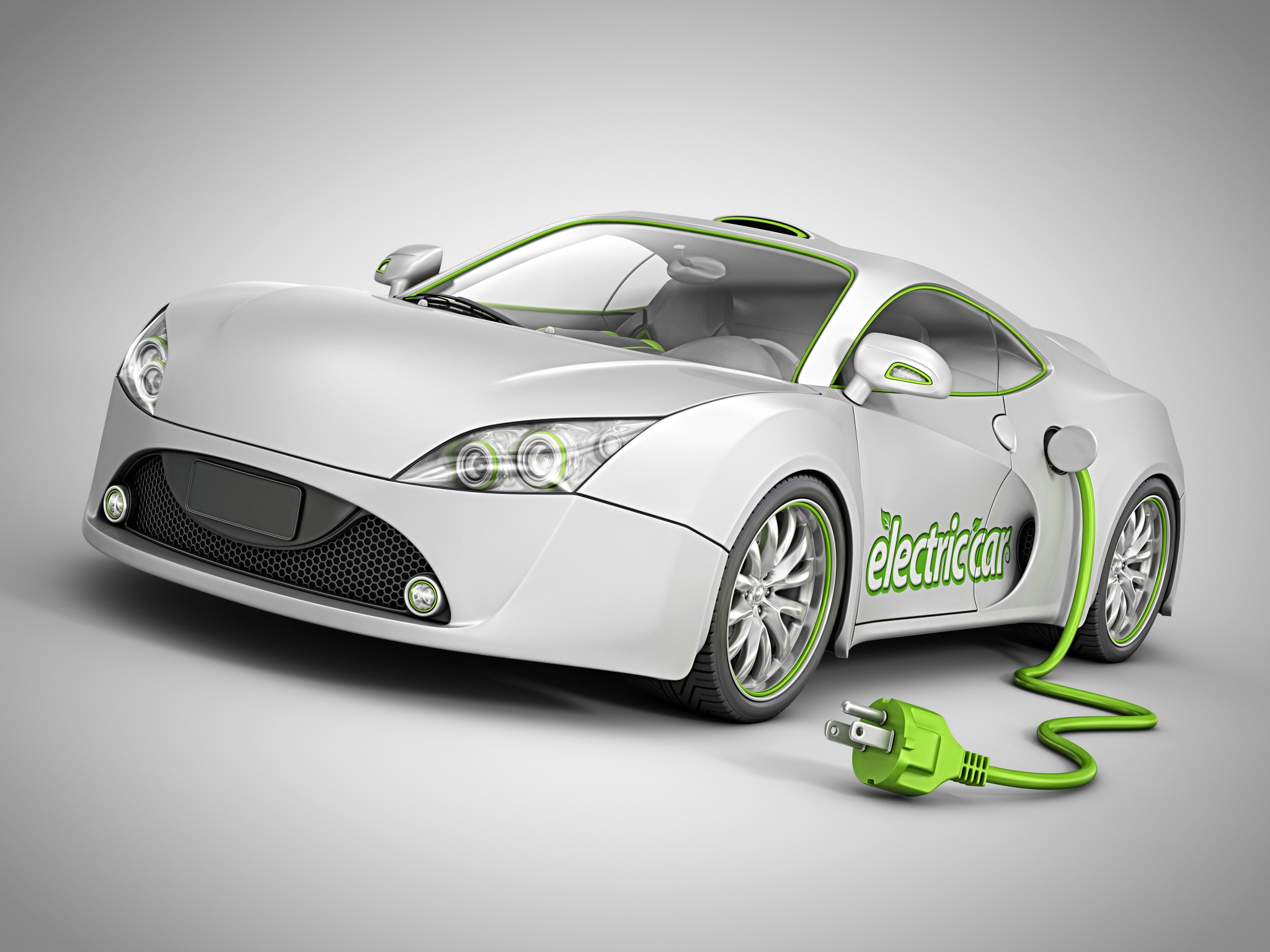Electric vehicles (EVs) have been gaining increasing popularity as people recognize the necessity of reducing their carbon footprint. However, one major challenge associated with owning an EV is the need for a reliable charging infrastructure. With many charging stations still few and far between, it makes sense to have a charging station at home. If you are considering getting an EV charging station installed at home, this article will provide you with step-by-step instructions on how to do so.
Determine Your Electrical Needs
The first step in installing an electric car charger at home is determining your electrical needs. Before buying a charger, you will need to assess your home’s electrical service. Determine the amperage of your home’s main electrical panel. In most cases, your home’s electrical system will not be able to handle more than a 60-amp circuit for charging your EV. As such, it’s essential to confirm that your home’s electrical service can support a new 60-amp circuit before purchasing a charger.
Select the Right Charger
Choosing the right charger for your EV is an essential step. There are several types of EV chargers, ranging from Level 1 chargers that plug into a standard 120-volt AC outlet to Level 3 DC fast chargers that require industrial power service. Most homeowners install a Level 2 charger, which provides a 240-volt AC service that can fully charge most cars in two to four hours, depending on battery capacity. Look for a charger that is compatible with your car and can deliver the charge rate you need.
Choose a Good Location for the Charger
When choosing a location for your EV charger, keep in mind that the installation process will require running wiring from your main electrical panel to the charging location. As such, you’ll want to find a spot that is relatively straightforward to wire, reduces the length of conduit and wires, and is convenient for parking your car. You will also want to be conscious of inclement weather, which can affect charging. A covered carport or garage location is ideal for keeping your car dry and protected from extreme temperatures.
Hire an Electrician
Finally, even if you are experienced with electrical work, installing an EV charger requires a licensed electrician. An electrician will have the necessary permits and knowledge of relevant codes to complete the job safely and adequately. They will also confirm if your home’s electrical service can support the addition of a charging circuit and the necessary breaker size. It’s better to spend a little money and have your EV charger installed correctly than risk damaging your car or your home by making a mistake during the installation process.
Conclusion
By following these simple steps, you’ll have an EV charger installed at home in no time. As charging infrastructure continues to improve, and prices of EVs become more affordable, it’s more critical than ever to consider installing a charging station at home. Not only will it save you time and money in the long run, but it’s also a significant step towards building a more sustainable future.
"











